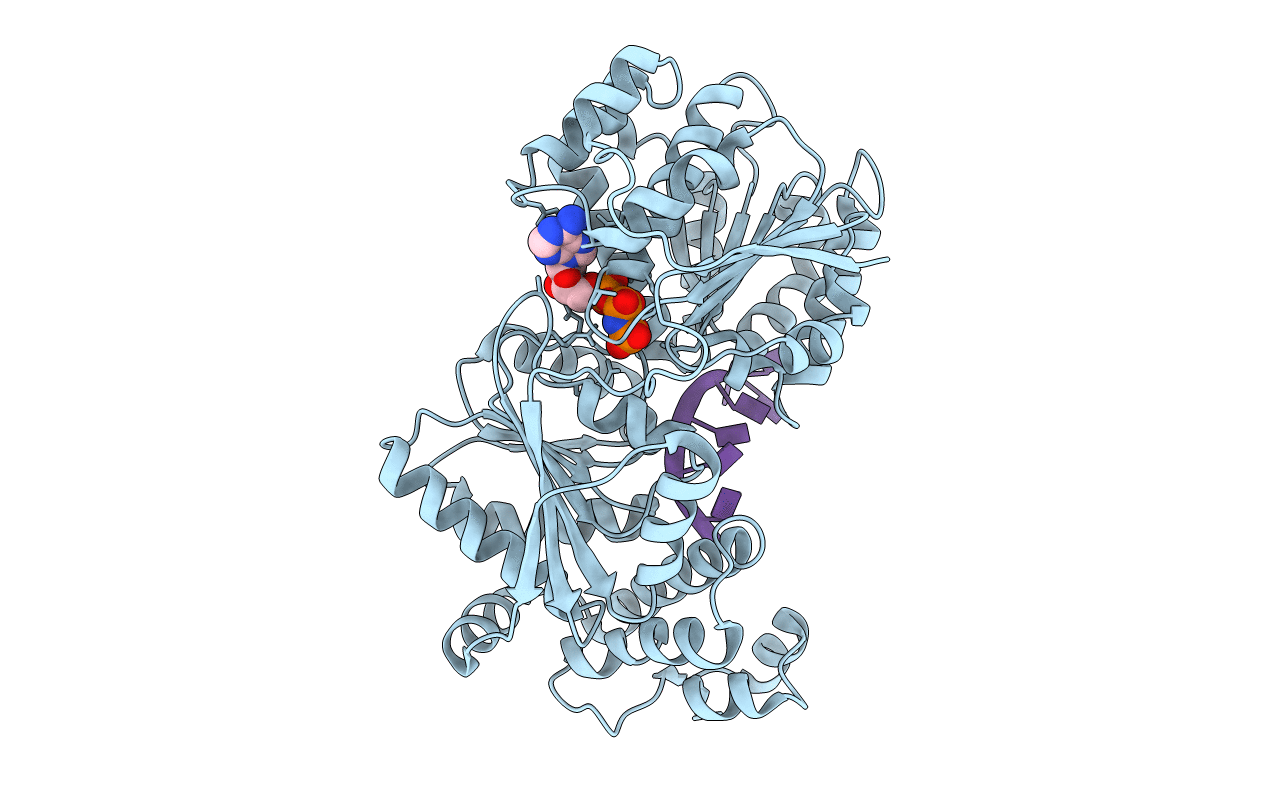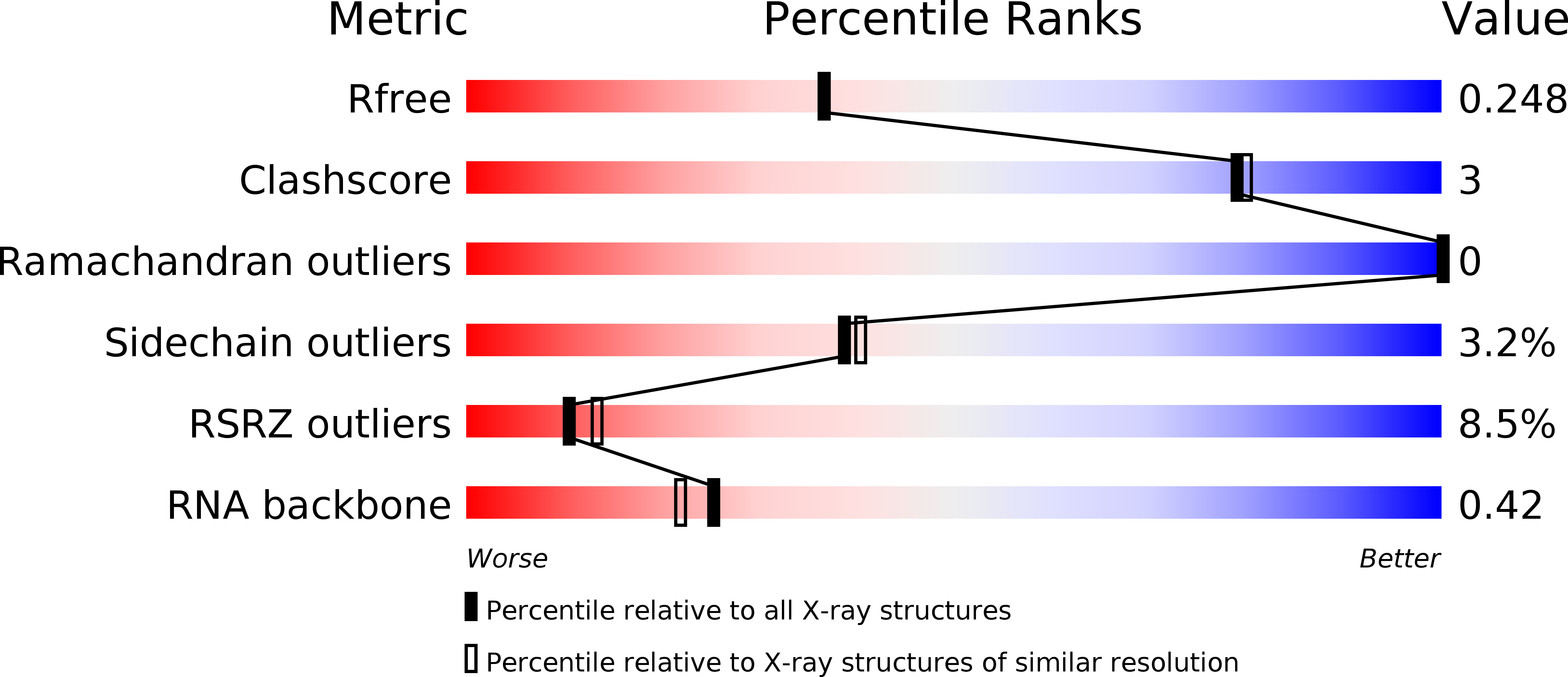
Deposition Date
2011-07-06
Release Date
2011-10-12
Last Version Date
2023-09-13
Entry Detail
PDB ID:
3SQX
Keywords:
Title:
Structure of Mss116p (NTE and C-tail double deletion) bound to ssRNA and AMP-PNP
Biological Source:
Source Organism:
Saccharomyces cerevisiae S288c (Taxon ID: 559292)
Host Organism:
Method Details:
Experimental Method:
Resolution:
2.11 Å
R-Value Free:
0.26
R-Value Work:
0.21
R-Value Observed:
0.21
Space Group:
P 21 21 2


